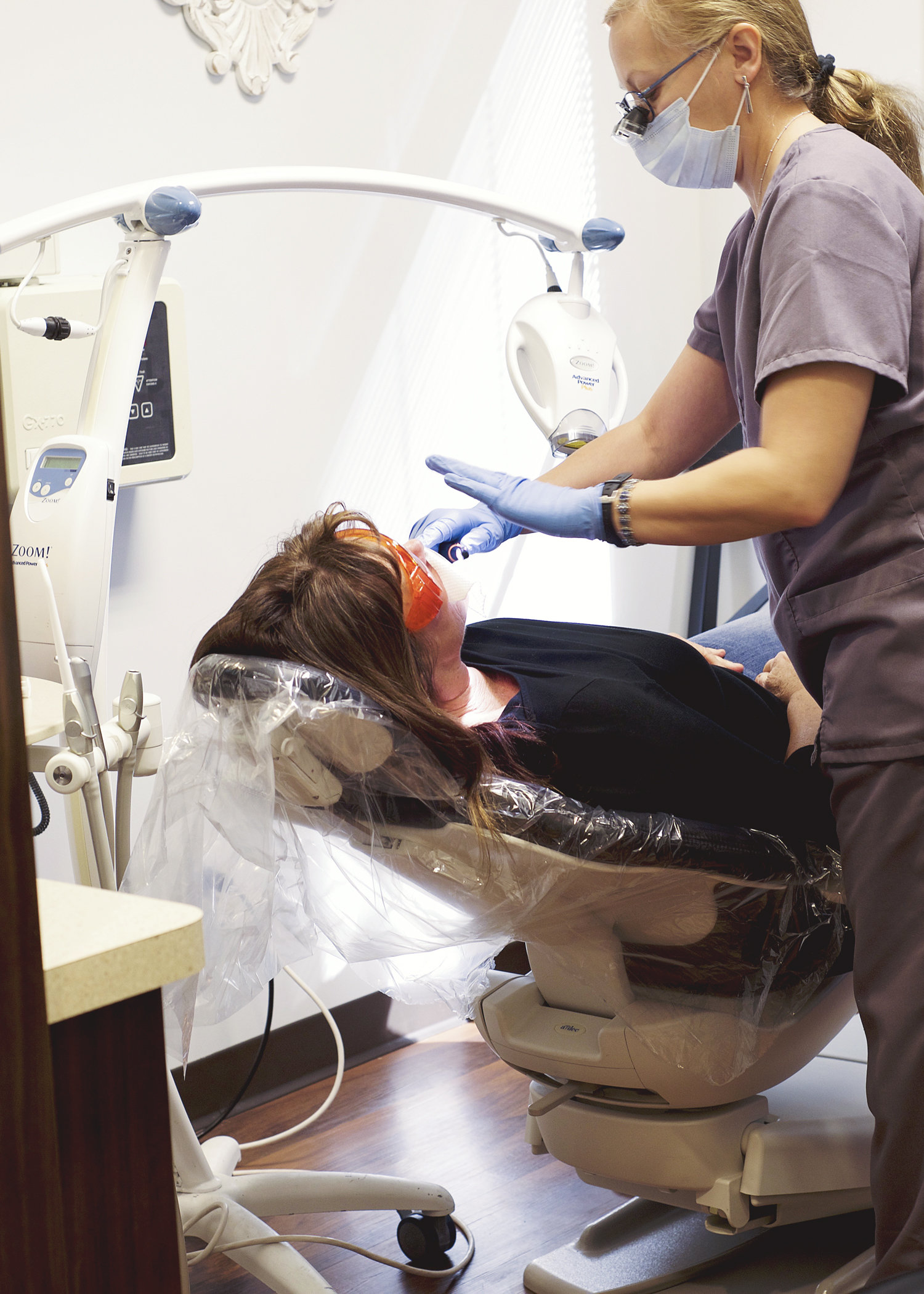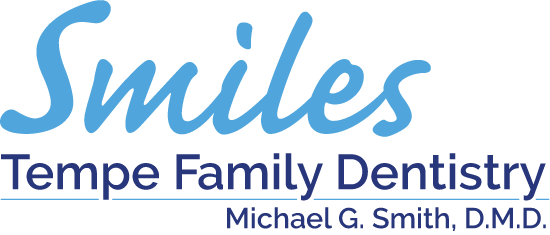
Delving Deeper into the IV Sedation Process
IV Sedation is now a highly efficient and widely utilized method to provide anesthesia for medical procedures in modern medical practice. Also known as “twilight sedation,” IV sedation combines the advantages of sedative and pain-relieving drugs delivered via the bloodstream. This ensures patients’ comfort and relaxation while maintaining consciousness. If you’re considering IV sedation for a medical procedure, it’s crucial to consult with an experienced tempe arizona dentist. In this blog, we’ll go over an in-depth look at the procedure of IV sedation, explaining its mechanisms and the benefits and advantages.
The Mechanics of IV Sedation
IV sedation involves administering sedatives directly into the patient’s bloodstream through an intravenous vein, typically in the hand or arm. This enables precise control over sedation effects, allowing dose adjustments according to the patient’s response and procedure needs.
The Key Steps in the IV Sedation Process
- Preparation: Prior to the procedure, the medical team conducts a thorough examination of the patient’s medical history, health condition, and allergies. They use this information to determine the selection of sedatives and prescribe appropriate dosages.
- Intravenous Line Insertion: A health professional, typically an anesthesiologist or nurse trained in IV sedation, inserts an IV line. This is a convenient route to administer medication.
- Administering Sedatives: Once the IV line is in place, the medical team gradually administers sedative medication into the bloodstream. These sedatives induce a state of calm drowsiness and provide pain relief.
- Monitoring: All through the procedure, the patient’s vital signs, like blood pressure, heart rate, and oxygen saturation, are monitored closely. This lets the medical team ensure the patient’s safety and make any adjustments to the sedative dosage.
- Procedure: When under IV sedation, the patient remains conscious but completely relaxed. This means that the patient is comfortable and less nervous throughout the procedure.
- Recovery: After the procedure is concluded, the patient gradually emerges from the effects of the sedation. However, the sedative’s impact may linger briefly, prompting the medical team to continue monitoring the patient during the recovery phase
Benefits of IV Sedation
- Enhanced Patient Comfort: it eases the anxiety and discomfort of medical procedures and makes them more comfortable for patients.
- Optimal Control of Pain: Combining sedatives with medications to relieve pain will ensure that patients experience slight discomfort or pain.
- Amnesia Effect: it can cause temporary memory loss from the procedure, which reduces the possibility of trauma resulting from the event.
- Rapid Onset and Adjustability: The intravenous route permits a quick start of sedative effects, and dosages can be altered in real time depending on the patient’s response.
- Patient Suitability: Although an IV sedation procedure can be considered safe, certain medical conditions or allergies could impact its use for a specific patient. An accurate assessment of the patient’s condition is vital.
- Healthcare Team Expertise: it must be administered by licensed and skilled medical professionals to ensure patient safety and appropriate monitoring.
- Recovery time: Although the recovery time is shorter than general anesthesia, patients may require an extended period to regain full ability to concentrate and be in sync fully.
IV sedation is a remarkable medical advancement, providing patients an effective method for undergoing procedures in a relaxed state. The process involves careful patient assessment, sedative administration, and vigilant monitoring. This not only reduces patient anxiety and pain but also enhances procedural efficacy.
As medical technologies advance, IV sedation improves patient experiences across procedures. Balancing consciousness and relaxation, it remains a crucial choice for health professionals, ensuring positive outcomes and strengthening patient interactions with the medical community.
